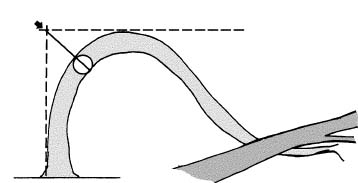Burvol let me see if i got this correct.
Before i fall the tree take a good look and walk around. look for potential hazards like widow makers and and holes i might trip in when backing off from the tree.
When falling said tree watch the mid and upper sections to see whats going on. Wedge it to keep from getting stuck and having it fall back in the wrong direction.
Before i fall the tree take a good look and walk around. look for potential hazards like widow makers and and holes i might trip in when backing off from the tree.
When falling said tree watch the mid and upper sections to see whats going on. Wedge it to keep from getting stuck and having it fall back in the wrong direction.


























































